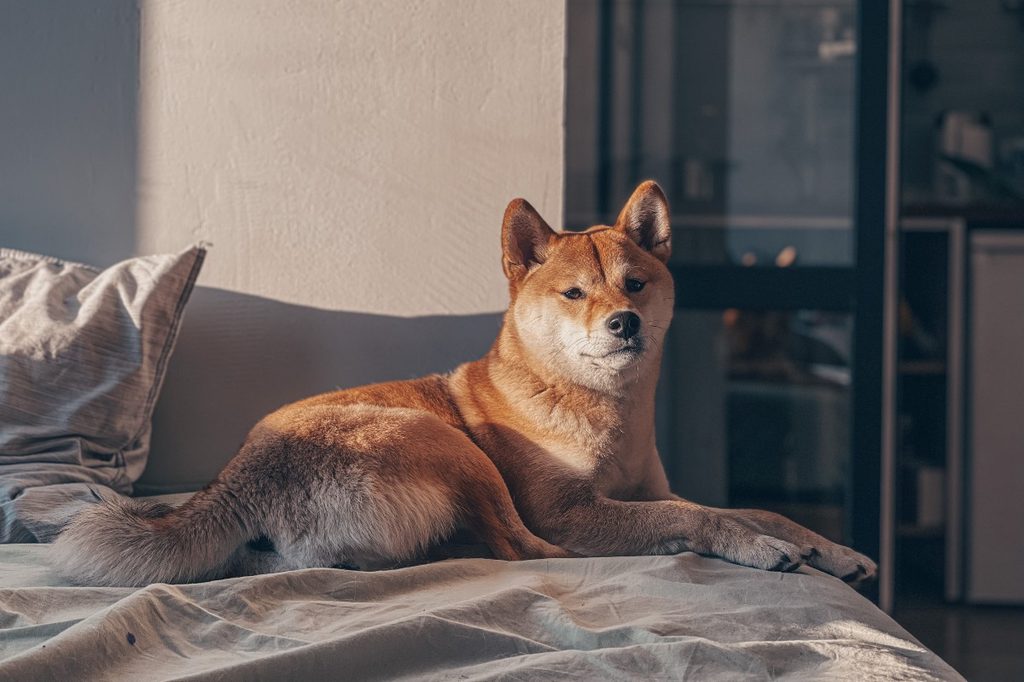
If you were to ask someone to name a Japanese dog breed, we’d be willing to bet that they’d mention Shiba Inu dogs first. And for a good reason! Shiba dogs are becoming increasingly popular around the world, especially after one lucky “doge” went viral in 2013. But they’re not the only breed worth mentioning.
There are more than seven Japanese dog breeds out there, of course, but we chose these seven so you can compare and contrast these pups’ unique qualities. From gentle giants to teacup cuties and everything in between, there just might be your perfect fit right here on this list!
Here are seven Japanese dog breeds we know and love.
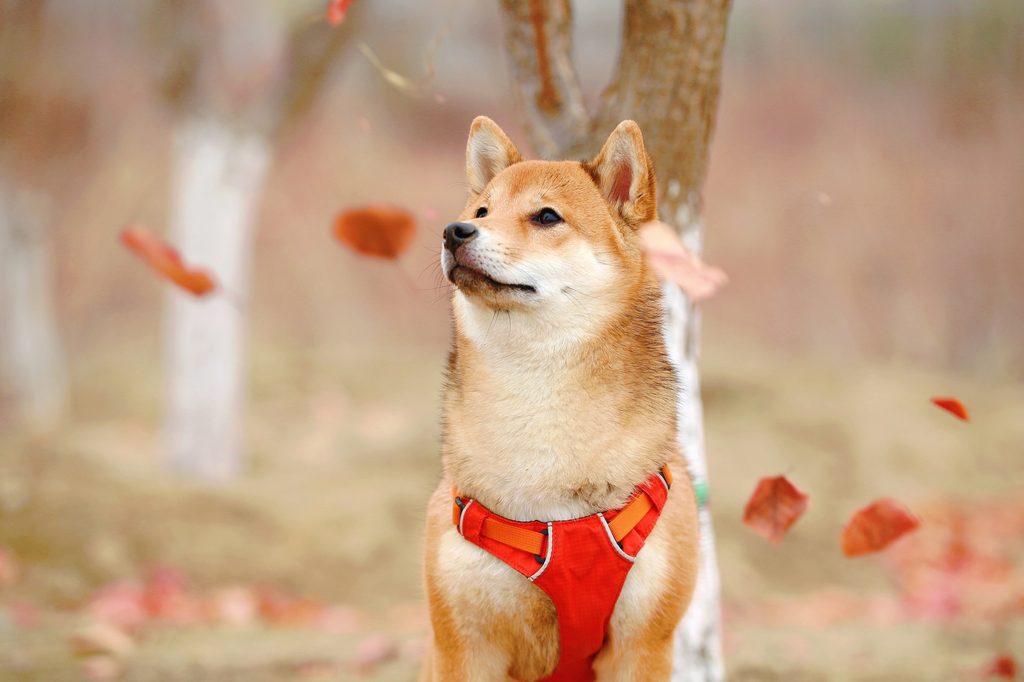
Shiba Inu dogs are quite possibly the most famous Japanese breed, thanks to a meme
Whether you knew it at the time or not, you’ve probably seen a picture of the famous “doge” internet meme which features a Shiba Inu giving some major side-eye. And as it turns out, this infamous sass can be common in this self-assured breed!
Aside from their bold personalities “Shibes” are popular because of their unique looks. They’re basically fluffy dog lookalikes! According to the American Kennel Club (AKC), “Their white markings combined with their coloring (red, red sesame, or black and tan) and their alert expression and smooth stride makes them almost foxlike.” This breed would make a great watchdog for individuals or families, especially since they need lots of exercise and mental stimulation to keep them feeling happy and healthy.

Akitas are another well-known breed, though they’re much larger than their curly-tailed cousins
The fluffy Akita has a history just as large as the dogs themselves. They are actually the biggest of the Japanese dog breeds, and they were traditionally bred for hunting and guarding. Modern Akitas (which were actually modernized in America) make fantastic guard dogs as well, though they can also make loyal family companions. With an average weight of 65 to 115 pounds, though, don’t count on getting yourself a lap dog!
Akitas shed more than average due to their double-layered coat, so they could make a great pet for those living in cold climates. They enjoy having something to do, though they can be stubborn, so keeping up with training is essential for a well-mannered fur baby.
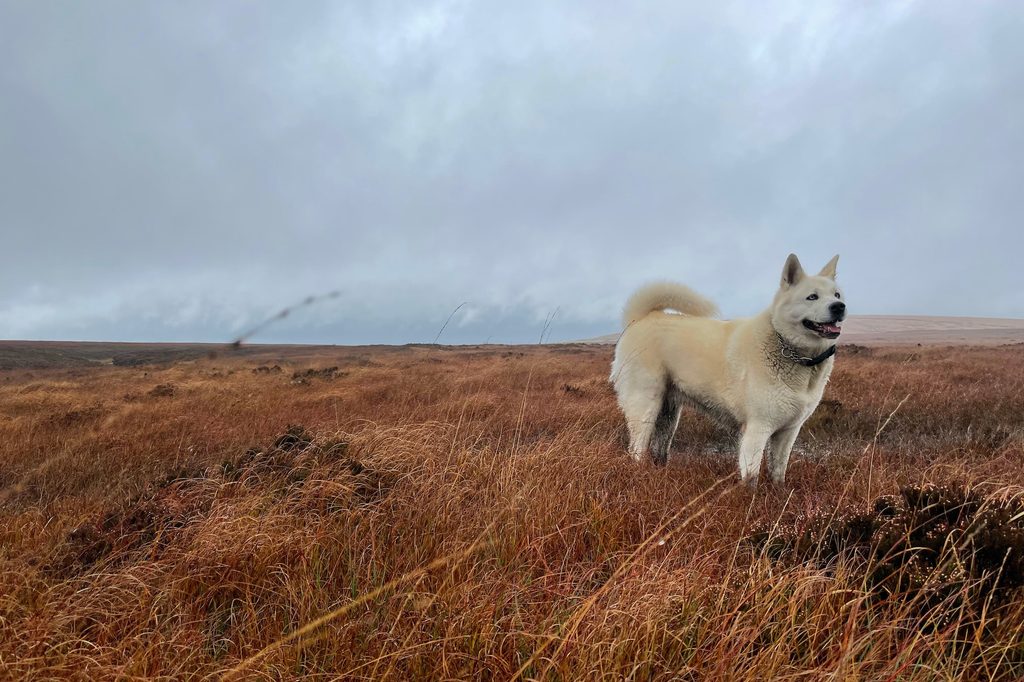
Akitainus are actually a separate breed from Akitas, but they have just as many qualities to love
The American Akita you just read about is actually the descendant of the Akitainu, which is still alive and well today. This breed is slightly smaller than its western cousin, clocking in at an average of 55 to 75 pounds. These dogs are confident, calm, and independent, though they can be aloof when it comes to strangers. Akitainu owners love this dog’s loyal and loving nature, and you just might, too!
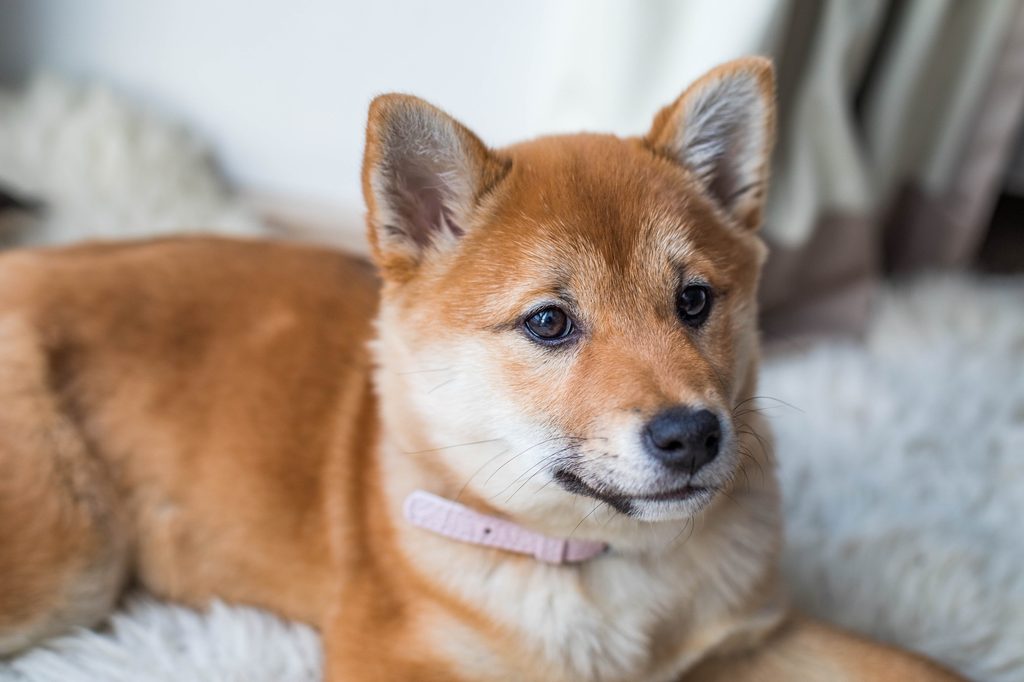
The Hokkaido is a smart and alert dog breed that’s rarely seen outside of Japan
The Hokkaido has a similar look to the Shiba Inu, but they’re built a bit differently. This breed has a wider body and smaller ears, notes the AKC, and its coat is longer and thicker. You may not have seen a Hokkaido in person before, though, as they’re incredibly rare outside of Japan.
These medium-sized pups are incredibly smart and loyal, but they’ll do best if you give them tasks to complete, like training or puzzle toys. Hokkaidos can also be extremely lovey-dovey with their family, though they’ll also protect their loved ones without hesitation.
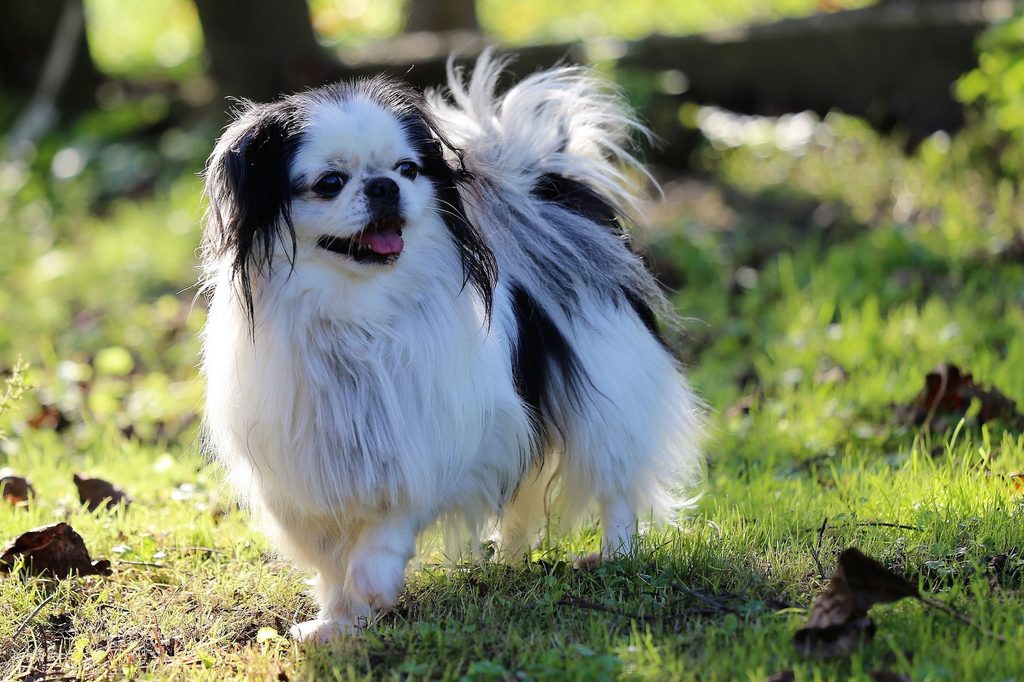
Japanese Chin dogs are smart, silly, and loving pets
Hill’s Pet explains that Japanese Chins are an “old toy breed that most likely evolved from the Tibetan Spaniel,” though records show these dogs first evolved in China. They were gifted to the Japanese Emporer hundreds of years ago, however, and became known as Japanese companion dogs. At only 10 inches tall and 12 pounds in weight, they make up for in personality what they lack in size.
Even today, Chins are affectionate, smart, and silly. They can sometimes become very attached to a few loved ones while acting reserved with everyone else, so positive reinforcement and regular socialization are encouraged beginning at a young age.

The Kai Ken is another rare kind of Japanese hunting dog with a beautiful brindle coat
Kai Kens are a similar size as other Japanese hunting breeds, though their brindle-colored coats look very different. This coloring helped dogs camouflage as they hunted, though modern Kai Kens will be just as satisfied learning a number of tasks or skills. They’re another high-intelligence breed that loves to be active, though they also enjoy plenty of attention from family (they have a medium energy level).
These brindle beauties are actually even harder to find than Hokkaidos! According to the AKC, they’re even considered rare in their homeland of Japan.

Japanese Spitz is an adaptable and super-friendly breed
These class clowns are a bit different from other Japanese breeds in both looks and personality. For starters, these pups are fluffy and white! They were bred to be companions through and through, and they’re ready to accompany you on a walk around the block … or on a walk to the couch. Above anything, Japanese Spitz dogs love to entertain their loved ones!
These dogs are also incredibly friendly and adaptable, so they have the potential to be great apartment pets. They could be wonderful companions for children and other pets, too.
Did any of these breeds catch your eye? It’s not always easy narrowing down the right dog breeds for your home, but with enough time and research, you’ll get there. An individual dog may not follow breed standards, anyway! You’ll be bringing home your new dog before you know it, and it helps to be prepared.



